10 Major AI Companies You Should Know
These 10 AI companies are at the forefront of machine learning. Find out how they’re driving innovation and jostling to be the biggest players in the game.


Generative AI is predicted to boost global GDP by 7% during the next decade, adding close to $7 trillion in value, according to Goldman Sachs Research, and driving an increase in productivity.
Of course, such predictions — especially those about technologies that are still developing — should be taken with a grain of salt. Yet AI has already shown amazing capabilities. With ChatGPT, interactions can seem human. Then there are AI tools that can identify cancer, predict the breakdown of equipment, and generate immersive images and videos.
Venture capital investment has been key to the growth of AI. According to Crunchbase, the total amount of funding on a global basis was $100 billion in 2024, up 80% on a year-over-year basis. Much of the investment was concentrated in the U.S. But AI has also rejuvenated older technology companies. It has helped to modernize legacy systems and improve existing products.

Sign up for Kiplinger’s Free E-Newsletters
Profit and prosper with the best of expert advice on investing, taxes, retirement, personal finance and more - straight to your e-mail.
Profit and prosper with the best of expert advice - straight to your e-mail.
So, who are the big names in AI? Here’s an overview of 10 major players you should know about.
1. Amazon
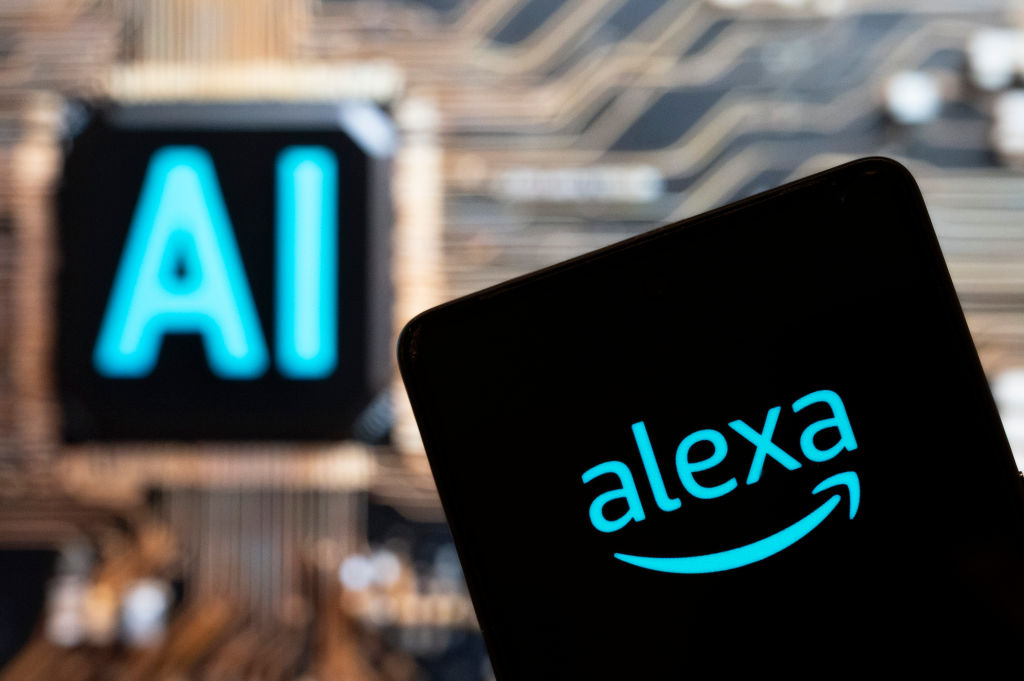
AI applications are often built on cloud platforms. Some of the reasons include scalability, low costs, centralization of data, monitoring, analytics and customization. This is good news for Amazon (AMZN), as Amazon Web Services (AWS) is the world leader in cloud technologies. It has a market share of 30% and a run rate of $115 billion in revenues.
AWS has been retooled as a comprehensive platform for AI development. It offers several tools, such as SageMaker and Bedrock, which make it easier to use, manage and deploy AI models. It also offers seamless integration with data sources on AWS, and all this is bolstered by strong layers of security.
Amazon has also built several AI applications on its AWS infrastructure, such as the Amazon Q assistant, which the company used to save $250 million in a Java migration project. Without this tool, the project would have taken 4,500 developer years.
But AWS is more than software. Amazon has invested heavily in creating its own silicon chips for processing AI workloads. The latest offering is Trainium2, which has shown strong performance at relatively low costs, based on the experiences of companies that have used it.
2. Hugging Face

In 2016, Clément Delangue, Julien Chaumond and Thomas Wolf created a chatbot that allowed teens to converse with an AI pal. They called it Hugging Face.
Unfortunately, there was little interest in it. But when building the app, the founders realized people would need a portal for sharing and evaluating open-source AI models. So that’s what Hugging Face became.
It was a smart move. Today, Hugging Face has listings for over 1.5 million models, along with more than 340,000 datasets. You can easily filter for those you want, based on factors such as translations, summarization, audio and video. Each of the profiles has documentation, code samples, benchmarks and licence information.
In 2023, Hugging Face announced a funding round of $235 million at a $4.5 billion valuation. The investors included Google, Amazon, Nvidia, Intel, AMD, Qualcomm, IBM, Salesforce and Sound Ventures. The valuation was reported to be 100 times more than the company’s annual revenue — indicating that investors expect substantial growth in the years ahead.
3. OpenAI
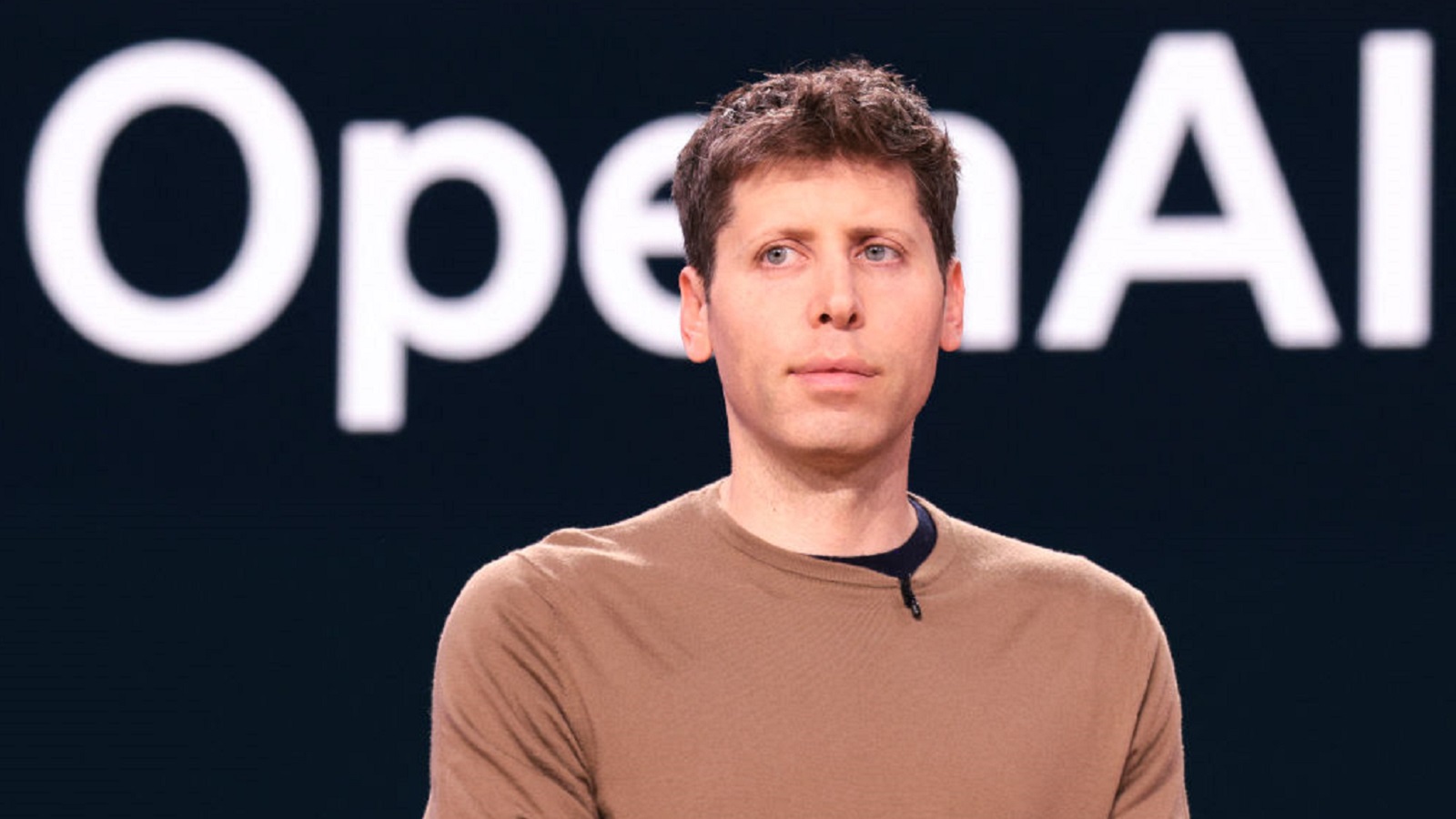
In late 2015, investors including Elon Musk, Reid Hoffman, Peter Thiel and Sam Altman co-founded OpenAI. The mission was to “ensure that artificial general intelligence — AI systems that are generally smarter than humans — benefits all of humanity.”
The first few years were far from encouraging, but in 2019, the company realized that the best strategy was to pursue generative AI, which led to the building of a series of generative pre-training transformer (GPT) models.
This led to the launch of ChatGPT in late 2022, when generative AI quickly became mainstream. Within two months, it would attract more than 100 million users, making it history’s fastest growing app.
While the AI market has become intensely competitive, OpenAI’s models remain highly popular. The company sells access to its models to developers and also generates revenues from different versions of ChatGPT. This year, the company projects revenue will triple to $12.7 billion, according to CNBC.
But investing in state-of-the-art AI is far from cheap, especially with the investments needed for data centers. To finance growth, OpenAI is looking at raising $40 billion at a $300 billion valuation.
4. DeepSeek
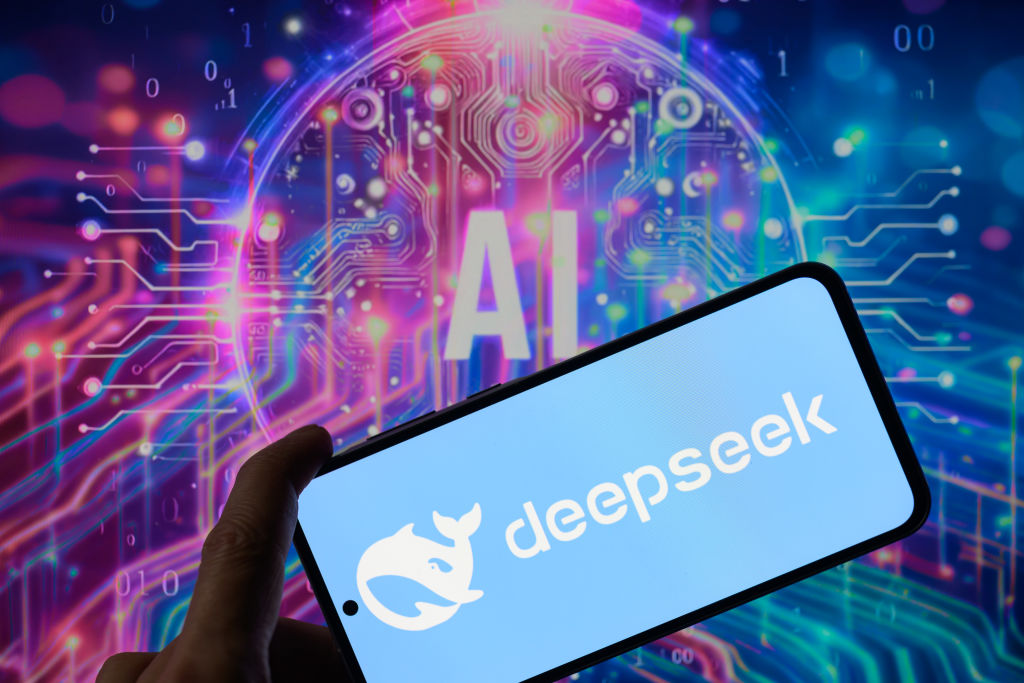
Chinese hedge fund investor Liang Wenfeng founded quantitative hedge fund High-Flyer in 2015, using AI to spot investment opportunities and optimize his portfolio. This meant hiring top-notch data scientists to build new AI models.
To pull this off, he needed graphics processing units (GPUs) from Nvidia (NVDA). But when the Biden Administration restricted sales of these systems to China, Wenfeng had to be more creative. His team had to find ways to create AI models without using enormous processing power. This meant leveraging innovative techniques like “distillation” (using larger models to build smaller ones) and “mixture of experts” (training certain parts of a model for specific tasks).
Eventually, these efforts would turn into the basis of a startup called DeepSeek. Early this year, the company launched its R1 model, which showed high levels of performance against other advanced AI models, such as ChatGPT.
DeepSeek claimed it cost less than $6 million to create. It was also released as open-source software, which means the codebase is freely available. This led to a massive sell-off of AI stocks. In one day, Nvidia’s shares plunged by 17%, wiping out about $600 billion in value.
It’s not clear what DeepSeek’s ultimate impact will be. But it does highlight that the AI industry is volatile and that startups can pose major disruptive threats to megatech companies.
5. Databricks
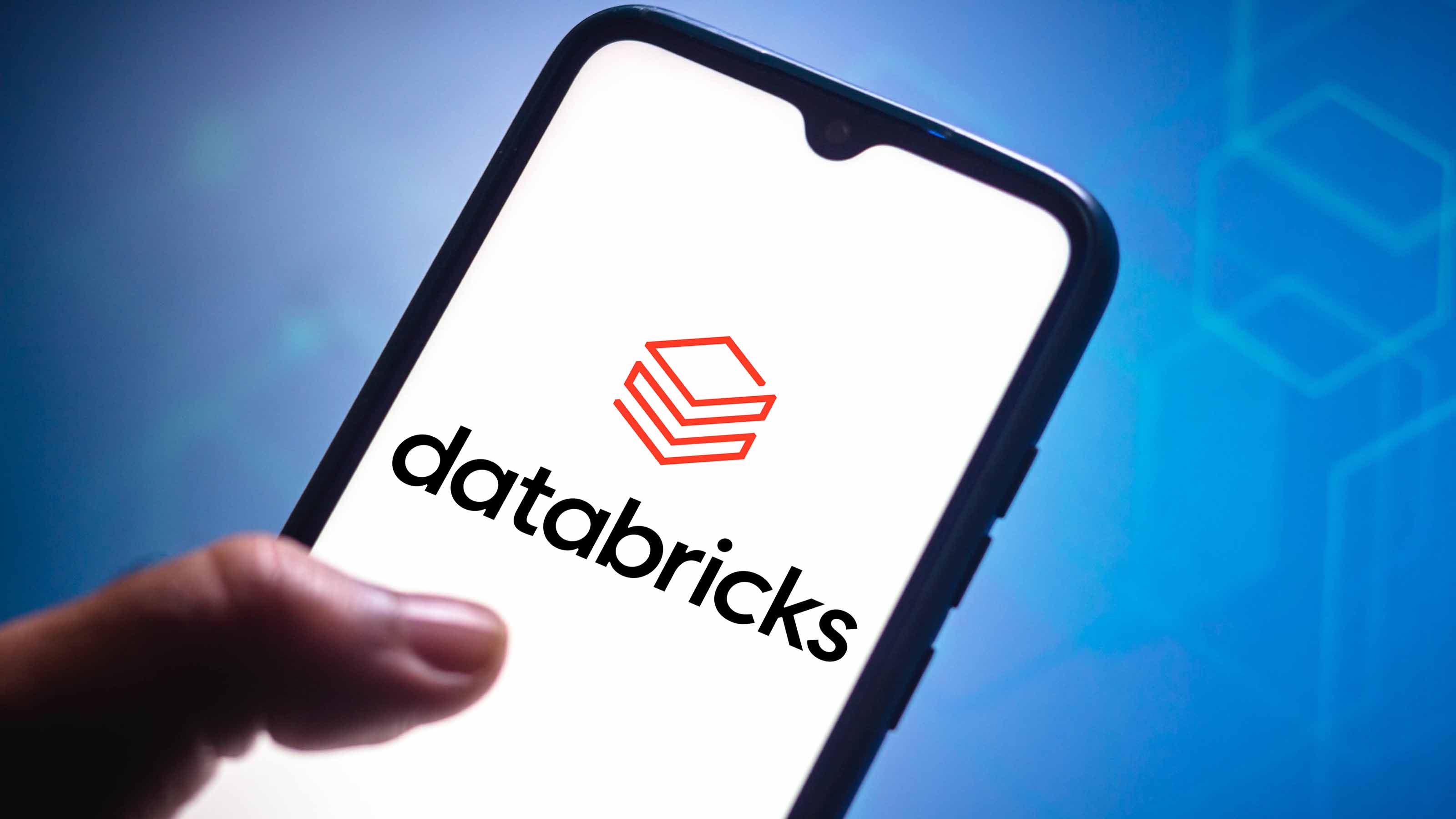
In 2009, a group of computer science students at Berkeley created an open-source project called Apache Spark. They wanted to make it easier to manage data processing for AI models. The timing was spot-on, as deep learning was becoming more practical and powerful.
As Apache Spark grew more popular, the students would go on to found Databricks, a platform for data management, providing analytics, security and governance. More than 10,000 customers, including Comcast, Shell and Rivian, rely on Databricks to take control of their data and put it to work with AI.
Databricks CEO Ali Ghodsi has been aggressive with acquisitions. Last year, the company acquired Tabular for a reported $2 billion. In January 2025, Databricks announced a funding for $10 billion at a $62 billion valuation. There was also the addition of a $5.25 billion credit facility. No doubt the capital will help fuel the deal-making.
6. Meta

Unlike other mega tech firms, Meta's AI strategy is to build open-source AI models. It launched Llama (Large Language Model Meta AI) in early 2023.
A key advantage for Meta (META) is its massive datasets. Its platforms — Facebook, Instagram and WhatsApp — have more than 3.3 billion daily users. This means Meta can leverage data to provide more intelligent and personalized experiences, such as its Meta AI assistant.
According to CEO Mark Zuckerberg: "Meta AI is already used by more people than any other assistant, and once a service reaches that kind of scale it usually develops a durable long-term advantage."
7. Google
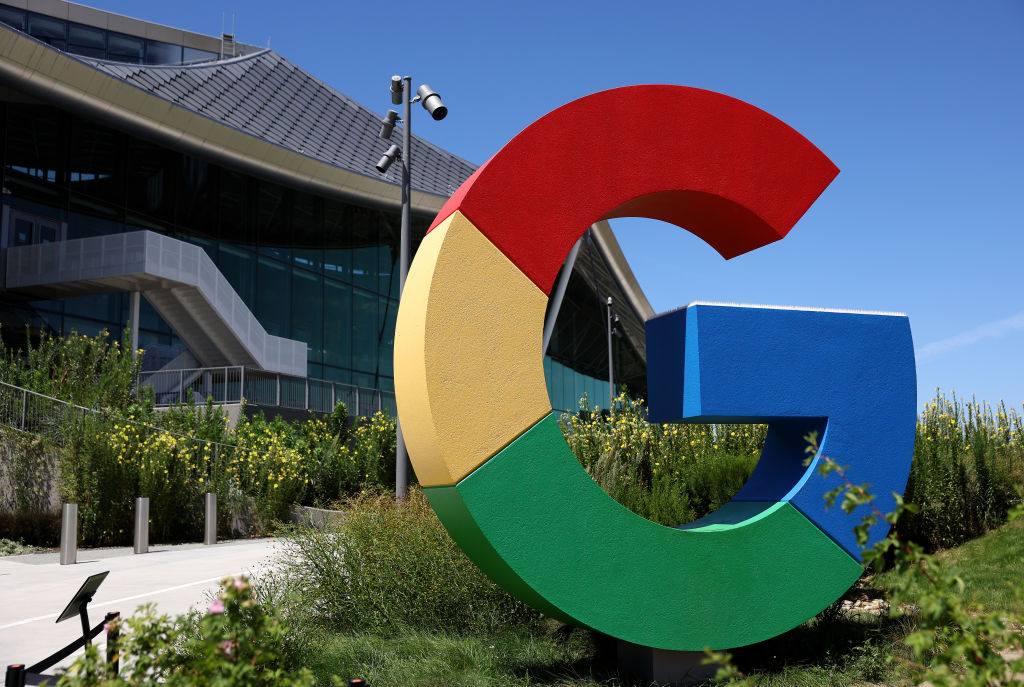
In 2017, Google (GOOGL) researchers published a paper on machine learning, entitled “Attention Is All You Need.” The paper introduced the transformer model, which is what powers generative AI.
While Google continued its research, it was not focused on commercialization until the launch of ChatGPT. Worried that its core search business was in jeopardy, it scrambled to create its own products, such as Bard. But they were disappointing.
Since then, Google has made significant strides. Its latest model is Gemini 2.5, which has shown strong performance against other state-of-the-art models. It also uses sophisticated multi-step reasoning in generating responses. In a demo, Gemini 2.5 was able to create a video game based on one prompt.
Waymo is another valuable AI business for Google. The company claims that its self-driving taxi service, with operations in Phoenix, San Francisco, Los Angeles, Austin and Washington, D.C., has proven to be much safer when compared to human drivers.
In San Francisco and Phoenix, its vehicles had 83% fewer airbag deployment crashes and 81% fewer injury-causing crashes compared to a human driving the same distance in these cities.
Last October, Waymo announced a $5.6 billion funding, led by Alphabet. The company also disclosed that its vehicles were making more than 100,000 paid trips per week, up 10 times on a year-over-year basis.
8. Nvidia
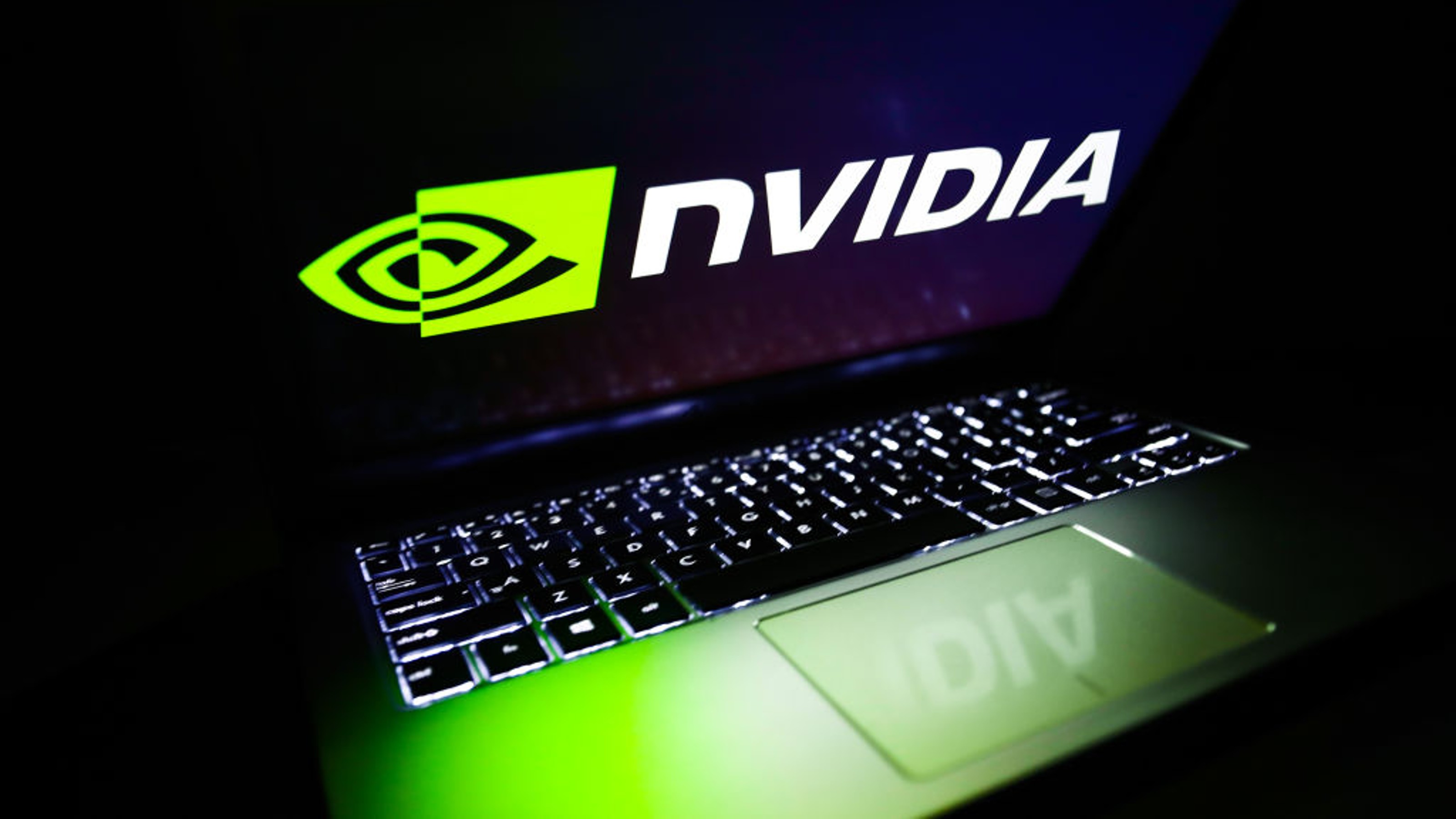
Founded in 1993, Nvidia (NVDA) was one of the pioneers of graphics processing units (GPUs) and was initially focused on the fast-growing gaming market.
But in 2012, Alex Krizhevsky, Ilya Sutskever and Geoffrey Hinton showed that Nvidia GPUs could be effective in training sophisticated AI models for tasks such as image recognition. The chips were able to handle huge amounts of data in parallel. Another key advantage was Nvidia’s Cuda software system, which allowed for customization.
At the time, the company had a market capitalization of about $7 billion to $8 billion. But with the AI revolution, this surged to $2.6 trillion, making it one of the world’s most valuable companies. Nvidia continues to grow at a blistering rate. In the past year, revenues soared by 114% to $130.5 billion.
While the market for GPUs is becoming more competitive, Nvidia has some clear advantages. It can allocate substantial amounts to research and design (nearly $13 billion in the past year) and has a powerful ecosystem.
From 2021 to 2024, the number of developers who use the Cuda system went from 2.5 million to 5.1 million. The number of AI startups that rely on Nvidia grew from 7,000 to 19,000 during the same period.
9. Microsoft
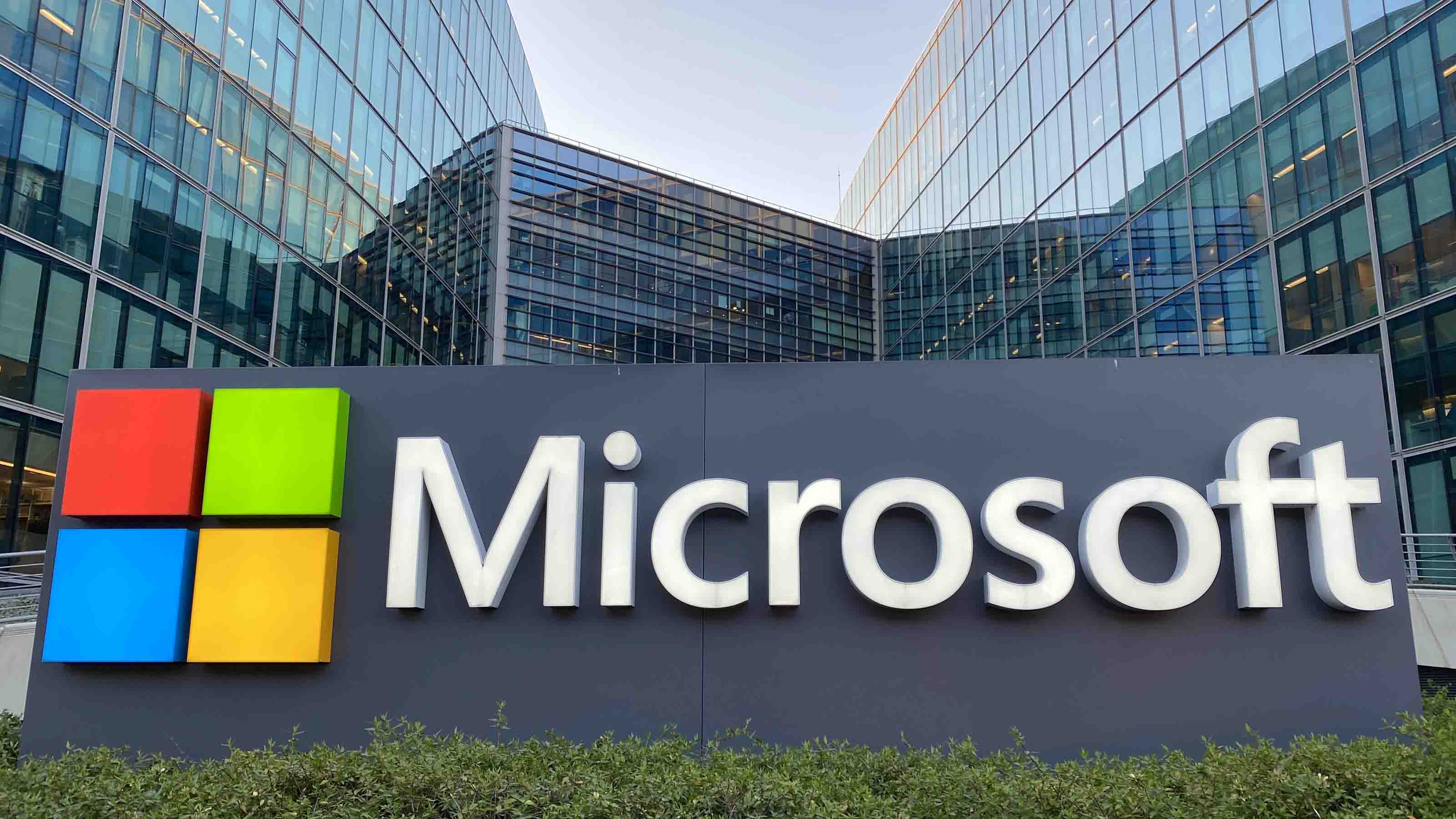
In 2019, Microsoft CEO Satya Nadella agreed to invest $1 billion in OpenAI. At the time, it was a risky proposition. OpenAI was still a fledgling startup and the launch of ChatGPT would not happen for more than three years.
But Nadella knew that AI was strategic to the success of Microsoft and OpenAI had a standout team of data scientists. He would eventually invest $13 billion more into the company.
In the end, this would turn out to be a home run. The company got exclusive access to OpenAI models while becoming its sole cloud provider. Moreover, the OpenAI investment became extremely valuable, at nearly $150 billion. Microsoft owns roughly 49% of the company.
During the past year, AI business revenue has been running at $13 billion, up 175% on a year-over-year basis. This was driven by a comprehensive suite of platforms, such as the Azure AI Foundry for AI development, Microsoft Copilots for individuals and organizations, and Copilot Studio, which allows businesses to build their own AI agents.
During the latest quarter, more than 400,000 agents were created, a two-times increase compared to the previous quarter, according to the most recent earnings call. As Nadella said: “[A]s AI becomes more efficient and accessible, we will see exponentially more demand.”
10. Anthropic

Former OpenAI executives Dario Amodei and Daniela Amodei founded "safety-first" AI company Anthropic in 2021, after disagreements with their previous employer about the strategic direction of the company and AI safety in particular.
Anthropic’s latest model, Claude 3.7 Sonnet, is unique — it gives users the choice of quick responses or those based on multi-step reasoning. For example, if you want Claude 3.7 Sonnet to answer a question about a fact, such as the date of an event, you would choose a quick response. If you’re asking it to solve a complex debugging problem, you would choose reasoning.
In March, Anthropic announced a $3.5 billion round of funding at a $61.5 billion valuation. The investors included heavyweights like Lightspeed Venture Partners, Bessemer Venture Partners, Cisco Investments, DFidelity Management & Research Company and Salesforce Ventures.
Learn more about AI
- How AI Can Be Used in Investing
- What Are AI Agents and What Can They Do for You?
- How AI Will Impact Our Lives in 2025 and Beyond
- If You'd Put $1,000 Into Nvidia Stock 20 Years Ago, Here's What You'd Have Today
- How to Protect Your Privacy While Using AI
- How AI Will Impact Your Workplace Retirement Plan
- What Is AI Investing?
Profit and prosper with the best of Kiplinger's advice on investing, taxes, retirement, personal finance and much more. Delivered daily. Enter your email in the box and click Sign Me Up.

Tom Taulli has been developing software since the 1980s when he was in high school. He sold his applications to a variety of publications. In college, he started his first company, which focused on the development of e-learning systems. He would go on to create other companies as well, including Hypermart.net that was sold to InfoSpace in 1996. Along the way, Tom has written columns for online publications such as Bloomberg, Forbes, Barron's and Kiplinger. He has also written a variety of books, including Artificial Intelligence Basics: A Non-Technical Introduction. He can be reached on Twitter at @ttaulli.
-
 Last Call for Fortnite Refunds: Parents Can Still File a Claim
Last Call for Fortnite Refunds: Parents Can Still File a ClaimThe FTC is sending out $126 million in refunds to families whose kids were charged for unwanted items in Fortnite — and there’s still time to file a claim.
-
 Stock Market Today: Stocks Swing as Trump Scraps Canada Trade Talks
Stock Market Today: Stocks Swing as Trump Scraps Canada Trade TalksDespite a mid-afternoon slip, the S&P 500 and Nasdaq ended the day at new record highs.
-
 Stock Market Today: Stocks Swing as Trump Scraps Canada Trade Talks
Stock Market Today: Stocks Swing as Trump Scraps Canada Trade TalksDespite a mid-afternoon slip, the S&P 500 and Nasdaq ended the day at new record highs.
-
 Why Smart Retirees Are Ditching Traditional Financial Plans
Why Smart Retirees Are Ditching Traditional Financial PlansFinancial plans based purely on growth, like the 60/40 portfolio, are built for a different era. Today’s retirees need plans based on real-life risks and goals and that feature these four elements.
-
 To My Small Business: Well, I've Been Afraid of Changin', 'Cause I've Built My Life Around You
To My Small Business: Well, I've Been Afraid of Changin', 'Cause I've Built My Life Around YouWhile thinking about succession planning might feel like anticipating a landslide (here's to you, Fleetwood Mac), there are strategies you can implement to manage the uncertainty and the transition.
-
 Stock Market Today: S&P 500, Nasdaq Near New Highs
Stock Market Today: S&P 500, Nasdaq Near New HighsThe S&P 500 hasn't hit a new high since February. It's been since December for the Nasdaq.
-
 The Bull Case for the Second Half of 2025
The Bull Case for the Second Half of 2025This strategist sees a volatile market segueing to a strong close this year.
-
 7 Essential Investing Rules We All Should Know
7 Essential Investing Rules We All Should KnowThe best time to start investing is right now. That's just one vital rule investors should be familiar with. Here are six more.
-
 These Are the Key Tariff Issues to Watch in Coming Months
These Are the Key Tariff Issues to Watch in Coming MonthsWhile they're not dominating headlines right now, tariffs are not over. Some key dates are coming up fast that could upend markets all over again.
-
 Technology Unleashes the Power of Year-Round Tax-Loss Harvesting
Technology Unleashes the Power of Year-Round Tax-Loss HarvestingTech advancements have made it possible to continuously monitor and rebalance portfolios, allowing for harvesting losses throughout the year rather than just once a year.